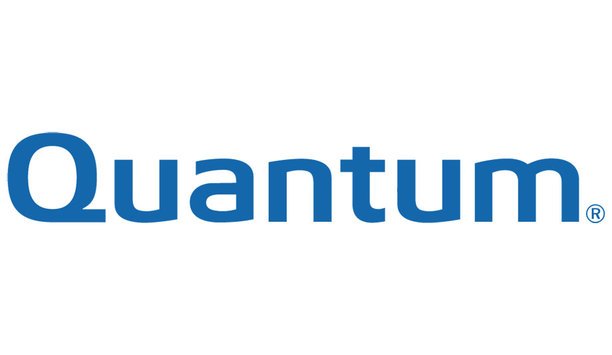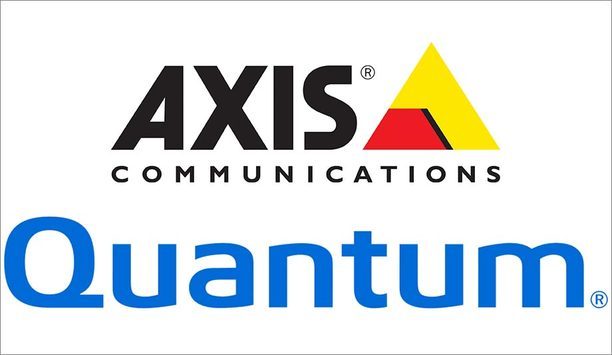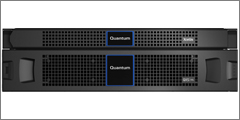Wayne Arvidson

Wayne Arvidson
Vice President, Strategic Alliances, Pivot3, Inc.Wayne Arvidson is Vice President, Strategic Alliances at Pivot3 where he is responsible for managing the company’s key technology partnerships and identifying emerging players in the market. He has vast experience on best practices for video management, and is helping to drive industry transformation by educating the market on the role hyperconverged platforms can play as the foundation of a safe and smart infrastructure. He sits on the Security Industry Association’s International Relations and Government Affairs Committees, Working Groups on Body-Worn Video Technology and Homeland Security. He is also a member of the International Association of Chiefs of Police where he is active with the Law Enforcement Information Management group.
Business Strategy, Marketing Strategy, Channel Strategy, Product Management, Marketing Communications, Public Relations, Business Development
Articles by Wayne Arvidson
Video surveillance as a service (VSaaS) is not just for commercial organisations. Federal, state and local governments can also realize benefits from the technology—and use it to deliver an inte...
In 2017 we foresaw the emergence of video surveillance as a service. We also predicted an increase in intelligence in cameras, greater adoption of analytics, and more content aggregation. We saw biome...
What do users want from their surveillance system? Ask any security professional, and you will hear answers like these: sharp, high quality images; widespread camera coverage; real-time analytics; fas...
Through new technology, applications and analytics, video surveillance systems are helping to make hospitals a safer place Healthcare organizations face many challenges. Federal man...
High definition has become the camera technology of choice for new installations Video storage is the foundation for new video surveillance infrastructures. Depending on your platfo...
News mentions
Quantum Corp. announced that its complete line of scale-out tiered storage, archive and data protection solutions for video surveillance environments is now available through Convergint Technologies....
Quantum’s award-winning StorNext® has become the platform of choice for storing and managing video, having been developed specifically for intelligence, military reconnaissance, security and...
Quantum Corp. announced that Zhejiang Uniview Technologies Co. Ltd., a video surveillance system integrator, has agreed to become a Quantum value-added reseller and strategic alliance partner. Univie...
Xcellis Application Director E is a video server & storage appliance for smaller-scale camera environments Quantum announced expansions to its storage solutions family and techn...
Quantum and Axis work closely, delivering demanding video surveillance and security solutions Quantum was named 2016 Technology Partner of the Year by Axis Communications at its 11t...
Quantum has continued to collaborate with partners to meet specific needs of the surveillance community Quantum Corp. has announced joint development initiatives with four industry-...
Xcellis™ Application Director enables customers to run VMS or analytic applications with directly attached storage Quantum Corp. has announced Xcellis™ Application Direc...
Quantum highlights joint development initiatives with 3VR, Genetec, Milestone Systems and HauteSpot Networks Quantum Corp. recently highlighted joint development initiatives with vi...
The new All-over-IP topics helped leading global brands stand out on the show floor and highlight the new value for their sales partners All-over-IP Expo 2015, Russia's premier IP e...
Wayne Arvidson, Quantum's VP, will deliver keynote address on major transformation the video surveillance industry is undergoing Quantum Corp. has announced its sponsorship of The S...
3VR, the video intelligence company, recently announced that its video management software, VisionPoint™ VMS, is now integrated with Quantum’s portfolio of data storage solutions. This int...



















































